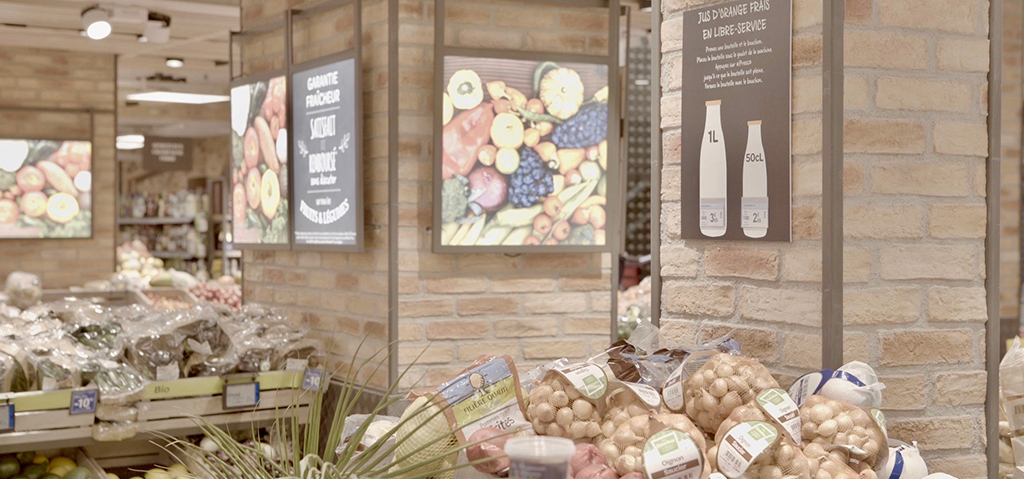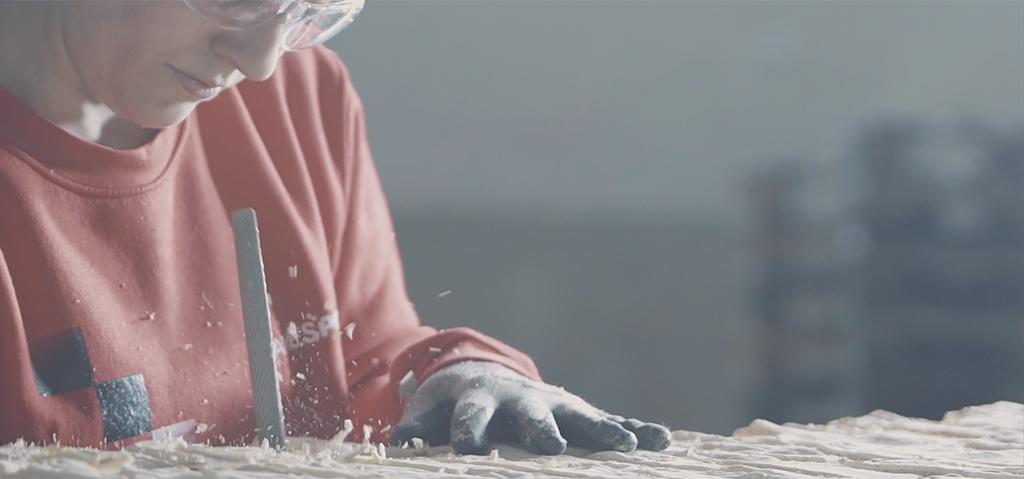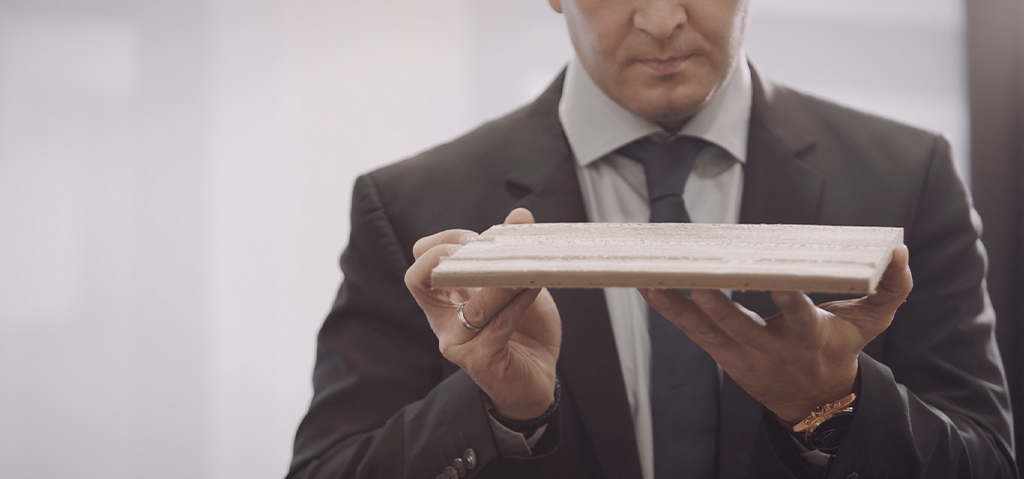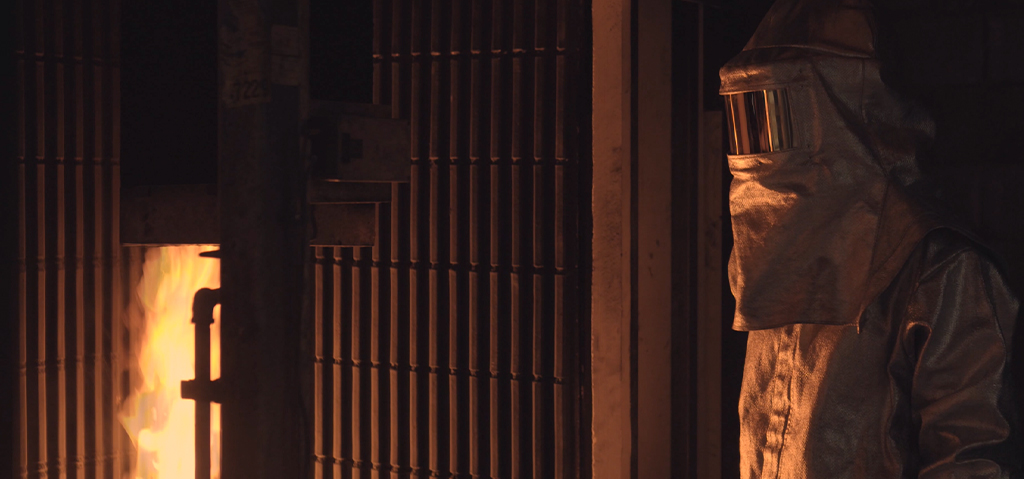At Panespol we are committed to the sustainable advancement of our products by innovating in the safety of each process. We examine their lifecycle, from the origin of our raw materials through to the end of their service life and we make sure to generate a value chain that is sensitive to environmental sustainability.
Water-based raw materials
There are two options for foam with recycled PET manufacturing: gas-based or water-based. which emits gases very harmful to the ozone layer and global warming. The manufacturing of water-based polyurethane does not harm the environment or affect the ozone layer or global warming. We have been working with this option at Panespol for the past two years, thanks to our raw material supplier.
Air quality: zero gas emissions
Our sustainable raw material, prevents the proliferation of fungi, mould, and the appearance of condensation, which are harmful to health and buildings. In addition, it does not produce isocyanate emissions and the levels of volatile organic compound (VOC) emissions are very low according to various studies. In addition, we use paint with silver ion technology that improves the air by eliminating substances such as formaldehyde.

Energy efficiency: reducing energy consumption
Foam with recycled PET is an effective thermal insulator due to its low thermal conductivity and high resistance values. It also provides acoustic insulation. Panespol’s decorative panels have the Thermal Insulation Certificate provided by Tecnalia. Its closed structure and high crosslink density provide this material with excellent insulation capacity, thermal stability, and high compressive strength.

Fire protection: fireproof coating
By nature, our raw material does not generate asphyxiating or toxic gases or fumes when it comes into contact with fire, therefore increasing the protection of people and property. In the same way, Panespol’s decorative panels are manufactured with a fireproof coating that is accredited by certificates B-s1-d0 provided by Aitex. This coating prevents the panels from burning and endures temperatures up to 80º until they begin to deform in a concave manner.



